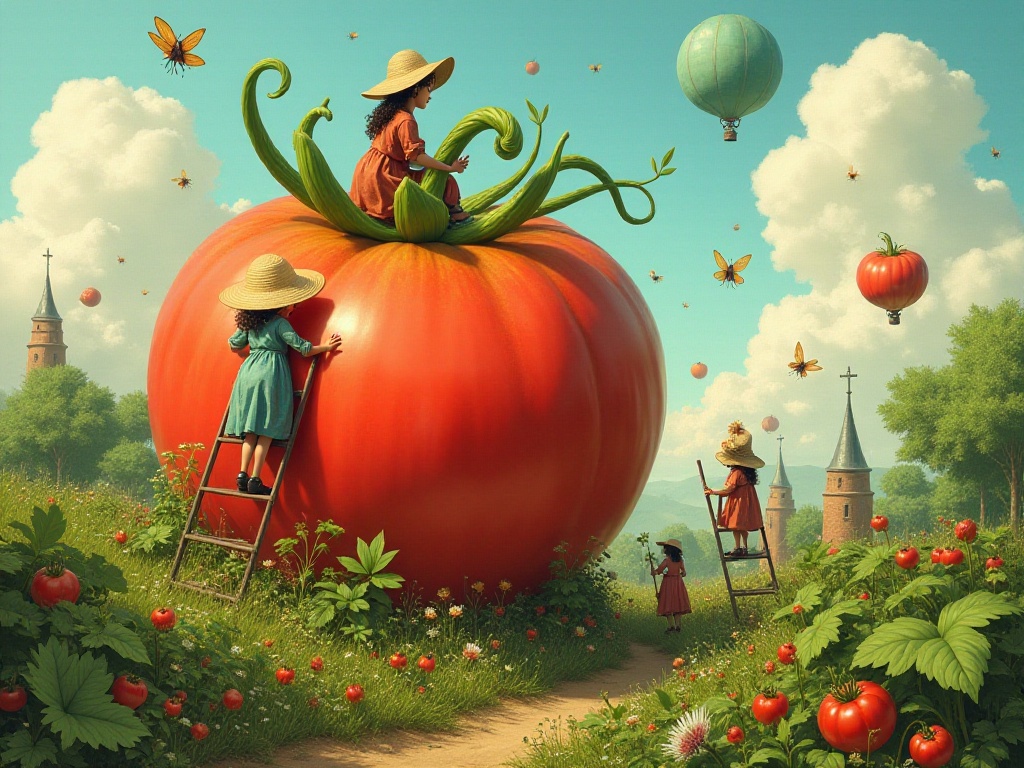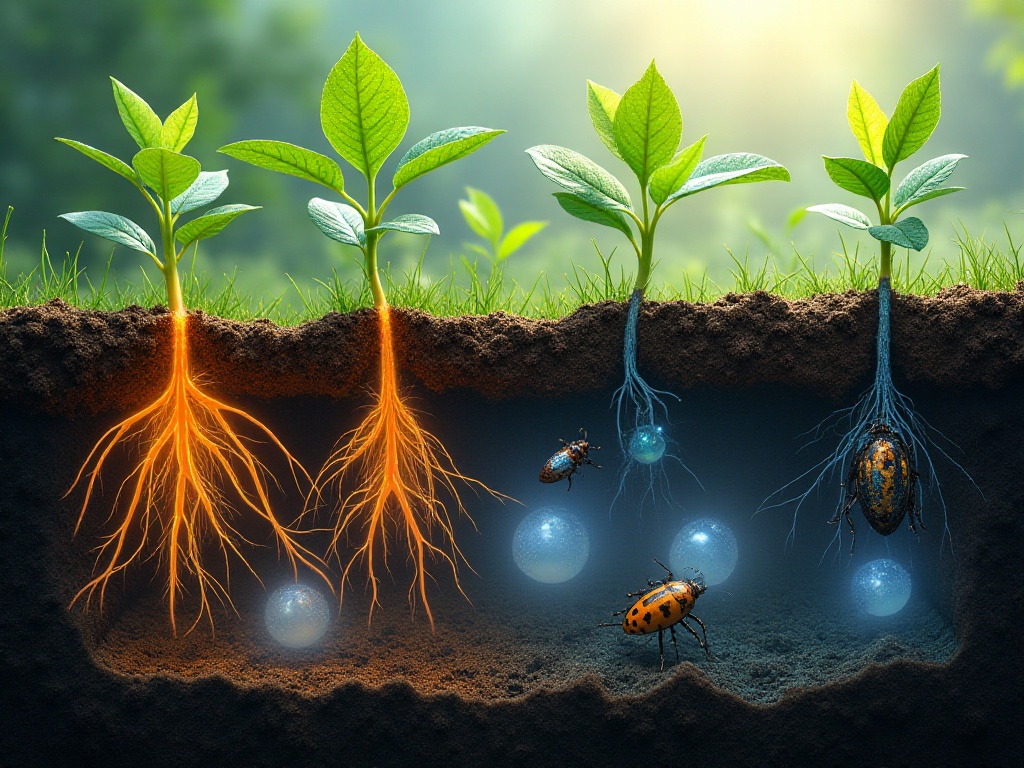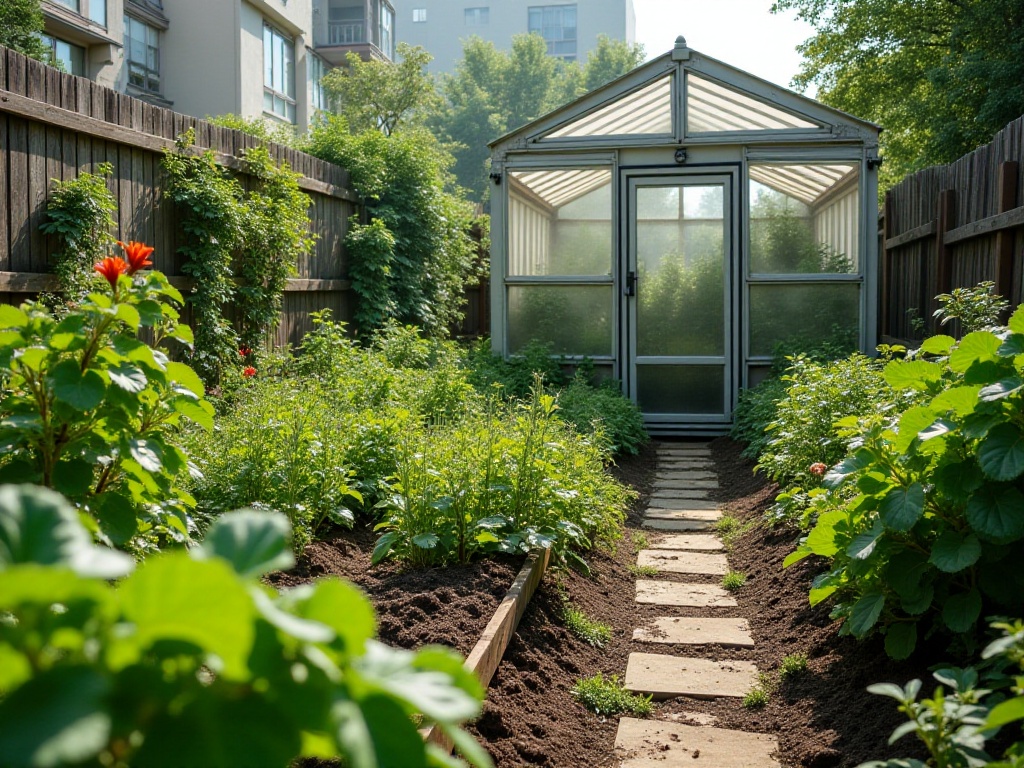Introduction
Have you ever thought about growing vegetables and fruits at home, imagining how wonderful it would feel to harvest your own produce? It's actually not difficult at all! I've gone from being a complete gardening novice to now growing various delicious vegetables and fruits. Today, I'll share all my experiences and insights from this journey with you.
When I first started growing vegetables, I was a complete gardening novice who couldn't even tell the difference between soil and fertilizer. I watched many online tutorials but felt they weren't systematic enough, and I took many detours. Looking back, if someone had given me a complete beginner's guide, I wouldn't have made so many mistakes. So today, I want to share my experience with you unreservedly, hoping to help you avoid some unnecessary detours.
Choosing the Right Location
Location is crucial! My first attempt at growing vegetables was in a random corner of my balcony, thinking that as long as it got some sunlight, it would be fine. Guess what happened? My tomatoes grew small and ugly, so sour they made your teeth hurt - it was a disaster. Later I realized that site selection is actually a science.
To grow beautiful and tasty vegetables, sunlight is the most critical factor. Based on my years of experience, the ideal location should ensure 6-8 hours of daily sunlight. However, this time isn't fixed and should be adjusted according to different seasons and weather conditions. For example, in summer, the midday sun is too intense, and plants actually need some shade to avoid sunburn.
How do you determine if a location has suitable lighting? Let me teach you a simple method: On a sunny day, starting from 8 AM, observe your chosen location every two hours. Check whether the sunlight is direct or diffused, and record the lighting conditions for each time period. Generally, south-facing locations have good lighting conditions, but you should also check if there are tall buildings or trees nearby that might block the light.
Another easily overlooked issue is water access. I know a gardening enthusiast who placed her vegetable garden in the farthest corner of her yard, resulting in her either tripping over long hoses or spilling water everywhere when watering. So I suggest choosing a location close to a water source, which makes daily care much more convenient.
You also need to consider ventilation when choosing a location. Poor ventilation can lead to pest and disease problems, but too much wind can cause plants to get cold or damaged. My balcony is a good example - it has walls on three sides but leaves enough space for air circulation, and the plants grow very healthily.
If you live in an apartment without a yard, don't be discouraged. Balconies and windowsills are good options. I've seen many balcony gardens full of various vegetables and herbs that are both practical and beautiful. You can even grow some plants indoors that don't need much sunlight, like lettuce and cilantro.
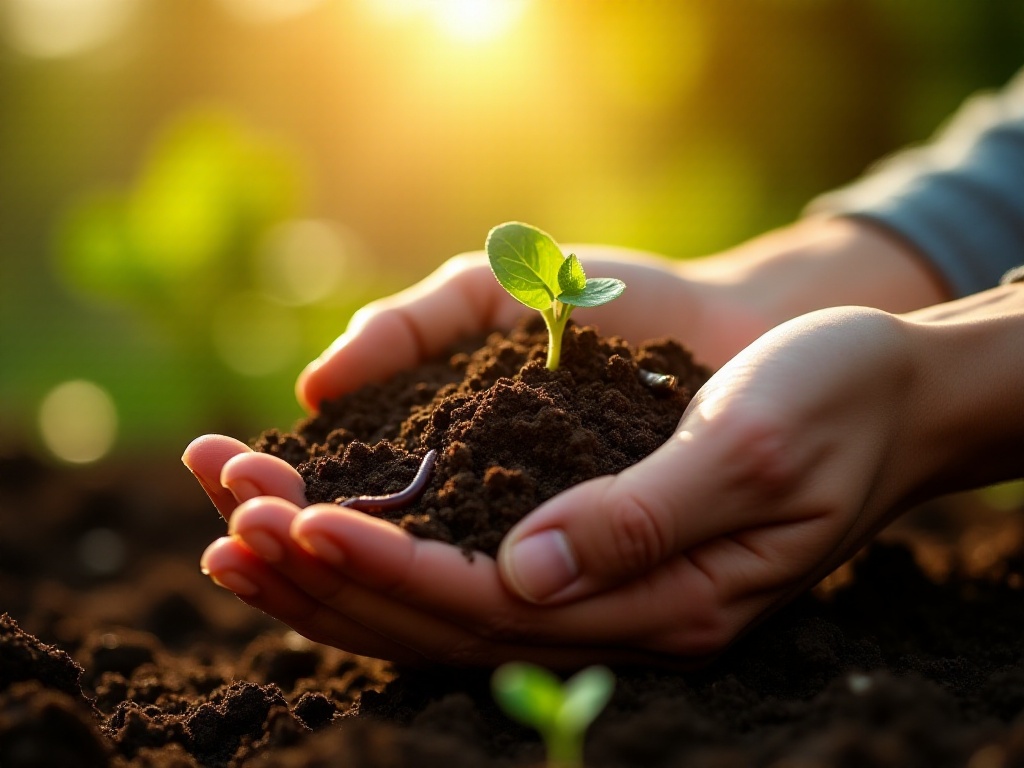
Soil Preparation
When it comes to soil, this is the foundation for successful gardening. When I first started growing vegetables, I naively thought any dirt would do. As you can imagine, the plants grew short and yellow, with wrinkled leaves. Later I learned that soil quality really matters.
What should good planting soil be like? First, it should be loose and well-aerated. You can grab a handful of soil - if you can easily squeeze it into a ball that naturally breaks apart when released, that's a fairly ideal soil structure. Soil that's too sticky will affect root growth, while soil that's too loose won't retain water and nutrients.
Soil pH is also particularly important. Most vegetables grow best in soil with a pH between 6.5 and 7.0. You might ask, how do you know if your soil is acidic or alkaline? The simplest way is to buy a soil testing meter, which only costs a few dozen dollars. If you find the soil is acidic, you can add some lime or shell powder to adjust it; if it's alkaline, you can add sulfur powder or leaf mold to improve it.
Speaking of soil improvement, composting is one of the best methods. I've set aside a specific area in my backyard for composting. Kitchen vegetable scraps, fruit peels, yard leaves, and grass clippings can all go in. After about six months, this "garbage" will turn into black, earth-scented organic fertilizer.
There are several things to note when making compost: first, the materials should be diverse, including both high-nitrogen green plants and high-carbon dead leaves and branches; second, maintain proper moisture, about as damp as a wrung-out towel; finally, turn it regularly to ensure thorough decomposition.
If you need fertilizer urgently, there are many ready-made organic fertilizers available on the market. But note that fresh manure should never be used directly - it must be fully decomposed, at least stored for six months or more. I've seen people use fresh manure directly, which ended up burning the plants' roots.
Soil nutrient supplementation also requires proper methods. Different plants need different nutrients at different growth stages. For example, leafy vegetables like lettuce need more nitrogen fertilizer to promote leaf growth, while fruiting vegetables like tomatoes and peppers need more potassium during flowering and fruiting. I usually adjust the amount and timing of fertilization based on plant growth conditions.
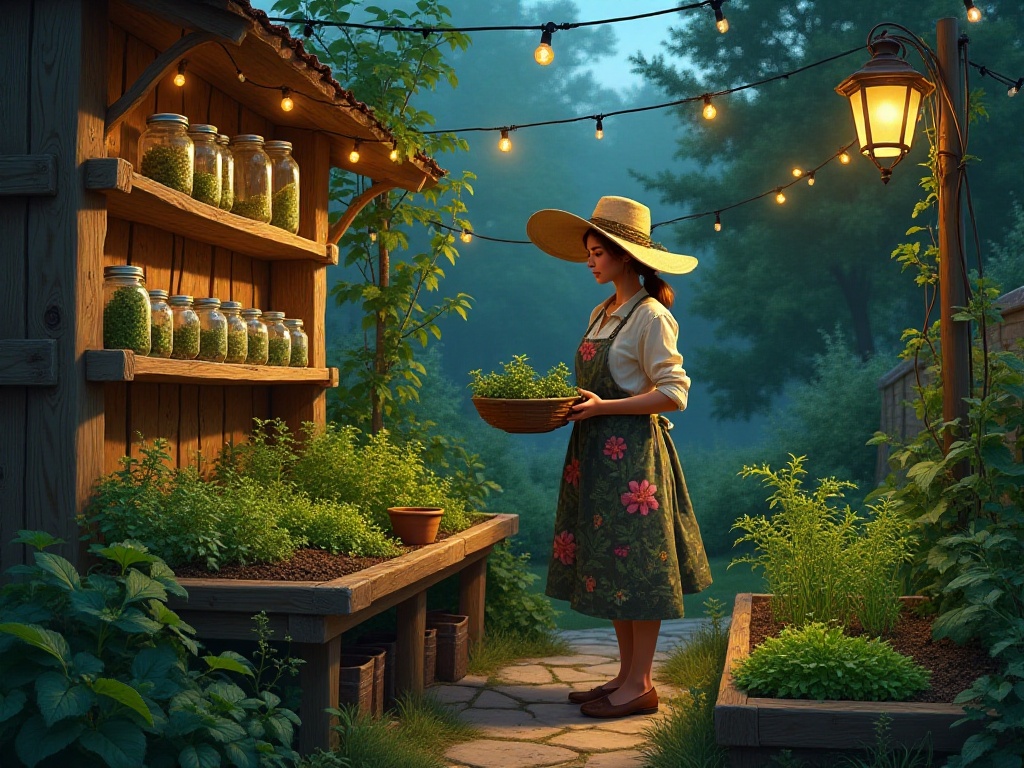
Proper Planning
Planning is crucial in vegetable gardening. I remember my first time growing vegetables, I completely ignored the plants' growth characteristics and planted climbing cucumbers together with tomatoes that needed support. When they grew up, the vines all tangled together, making harvesting an absolute disaster.
Now before planting, I always draw a simple floor plan and mark the position of each plant clearly. Tall plants go on the north side, short ones on the south side, so they won't block each other's sunlight. Climbing plants need their own support structures planned separately, giving them enough space to grow upward.
When choosing plant varieties, first consider your family's eating habits. Don't just follow what others are growing; grow what you like to eat. For example, my family particularly likes green peppers, so we plant more of them every year. Also, green peppers have high yields - planting a few plants is enough for the whole family.
Seasonality is also an important consideration. Every plant has its suitable growing season; trying to grow out of season will only be futile. I usually plan what to grow each season based on local climate characteristics. Plant peas and lettuce in spring, eggplants and peppers in summer, cabbage and radishes in fall - this ensures fresh vegetables can be harvested throughout the year.
Planting density also needs to be reasonable. Many beginners make the mistake of planting too densely. I used to do this too, thinking I should maximize the use of space. But when the plants grew larger, they competed for space, and poor ventilation and lighting actually reduced yields. Now I strictly plant according to each plant's space requirements - better to plant less but ensure each plant can grow healthily.
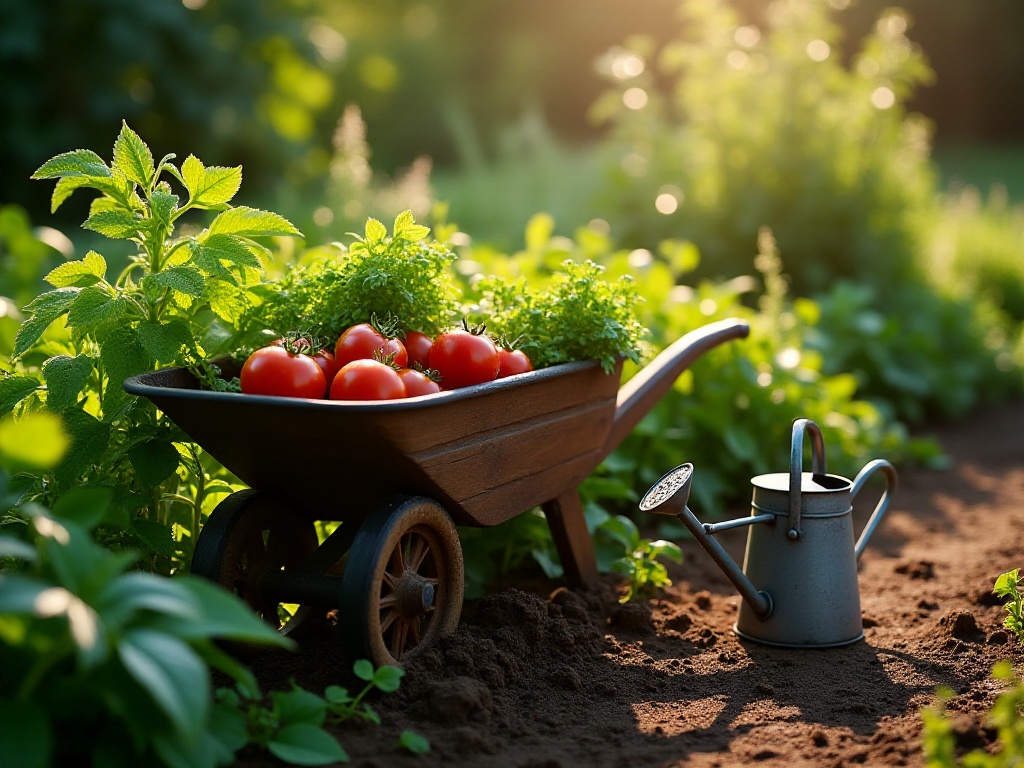
Daily Management
Watering is the most important aspect of daily management. This seemingly simple task actually has many considerations. I've summarized one key point: most vegetables need 1-2 inches of water per week. Rather than watering a little bit every day, it's better to water thoroughly every few days. This promotes deeper root development, resulting in healthier plants.
Timing of watering is also important. It's best to water in the morning or evening when temperatures are moderate and water won't evaporate quickly due to strong sunlight. Watering at noon is not only wasteful but can also burn plant leaves. You don't need to water on rainy days, but pay attention to soil moisture - during consecutive rainy days, you actually need to focus on drainage to prevent root rot.
Regarding pest and disease control, prevention is always better than treatment. I spend time every day walking through my garden, carefully observing the plants' growth conditions. Look for yellow or curled leaves, check for eggs under leaves, examine stems for abnormalities, etc. Problems should be addressed promptly - for instance, if you find aphids, you can spray them with soapy water or plant marigolds to repel insects.
Pruning is also an essential part of daily management. Many plants will grow too dense without timely pruning, affecting ventilation and lighting. Take tomatoes for example - you need to regularly remove suckers to maintain main stem growth, ensuring fruit quality. Use clean tools when pruning, preferably dedicated gardening shears, and make clean cuts to avoid unnecessary damage to plants.
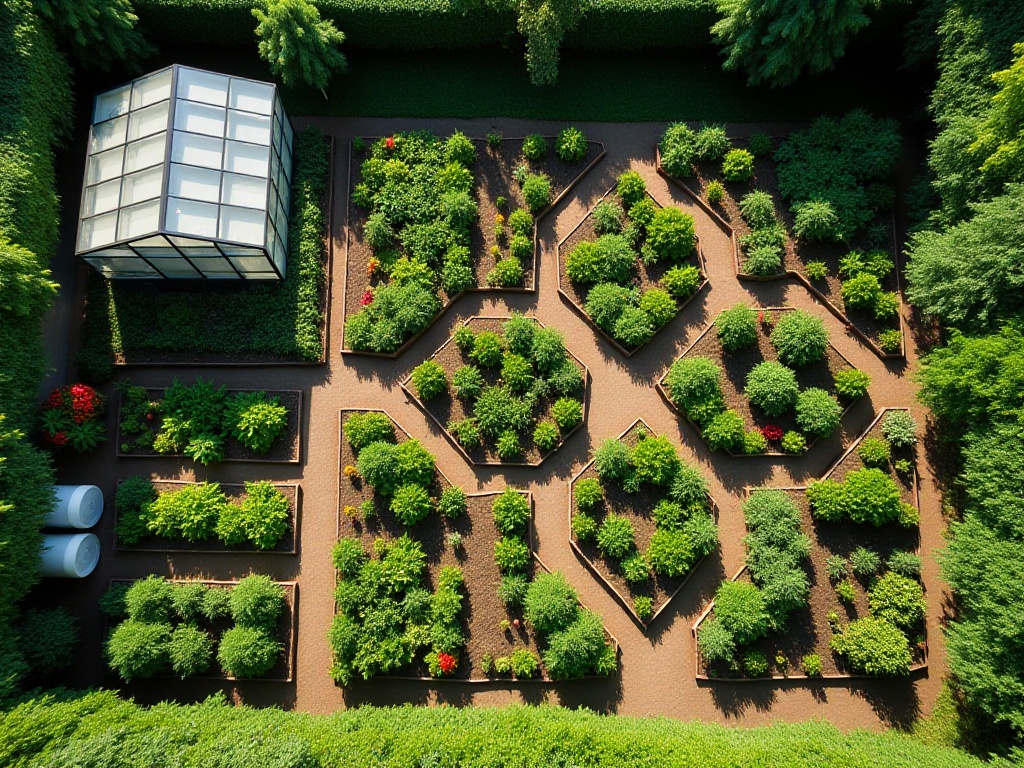
Eco-Friendly Tips
When it comes to water conservation, I have many practical tips to share. First, lay mulch or dry grass around plants - this not only reduces water evaporation but also suppresses weed growth. I made a simple drip irrigation system by making small holes in buried water pipes, which saves both water and effort.
Collecting rainwater is also a good option. I placed several large barrels under the eaves specifically for collecting rainwater. Rainwater contains no chlorine and is better for plant growth. Plus, it saves tap water - a win-win situation.
Composting not only improves soil but also reduces kitchen waste. We never throw away fruit peels and vegetable leaves; they all go into the compost bin. This is both environmentally friendly and economical, while also cultivating fertile soil.
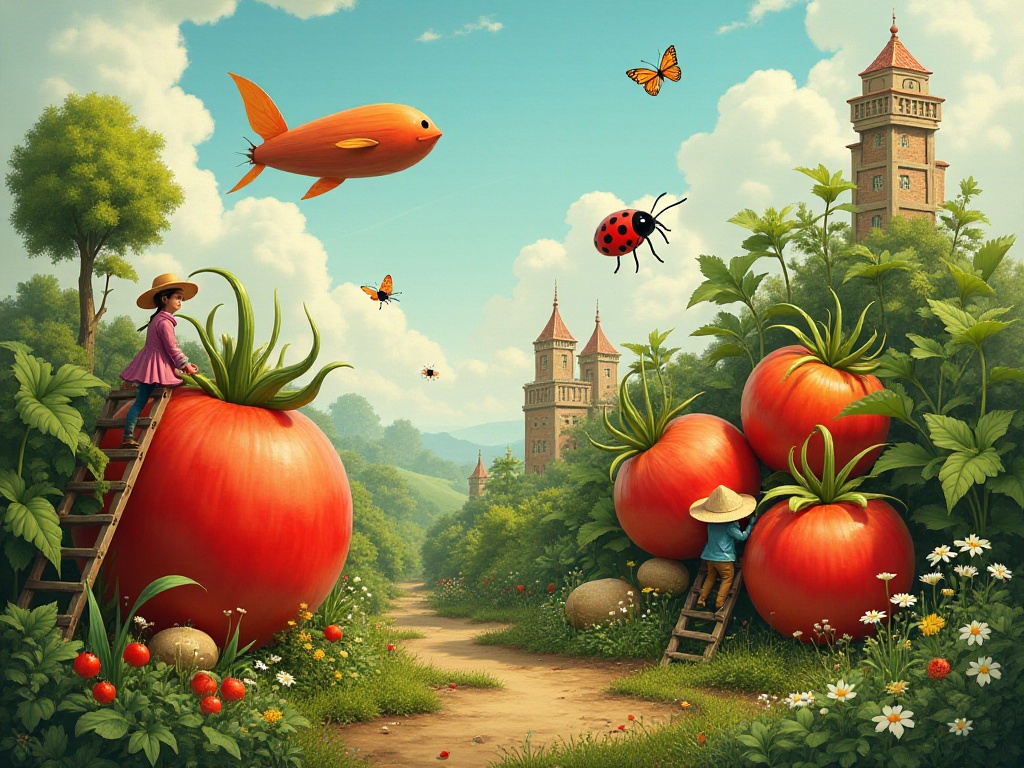
Final Thoughts
Gardening is truly a relaxing and interesting hobby. It has taught me patience and focus, making me more observant and thoughtful. Watching plants grow day by day until harvest time brings a sense of achievement that's impossible to describe in words.
In gardening, patience is key. Don't expect immediate success; allow yourself to make mistakes and learn from them. The vegetables I grow now are the result of countless failures to reach today's level.
Finally, I want to say that growing vegetables is more than just gardening. It helps us get closer to nature, understand the mysteries of life, and makes our lives healthier and more environmentally friendly. Let's learn from each other and progress together on this gardening journey.
Related articles


